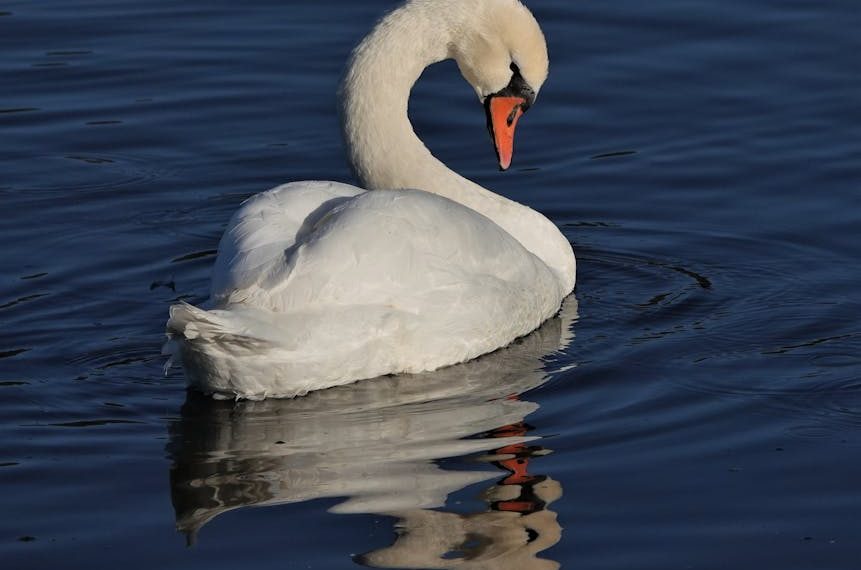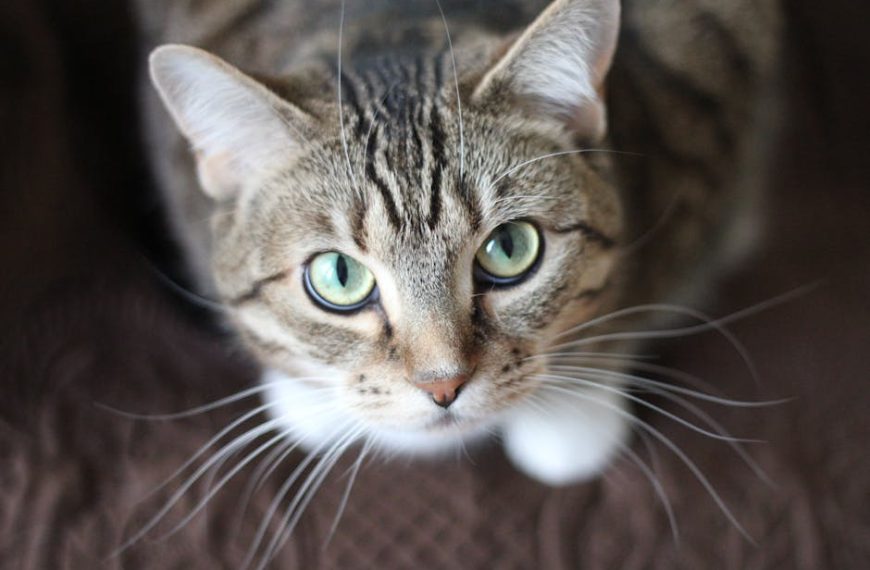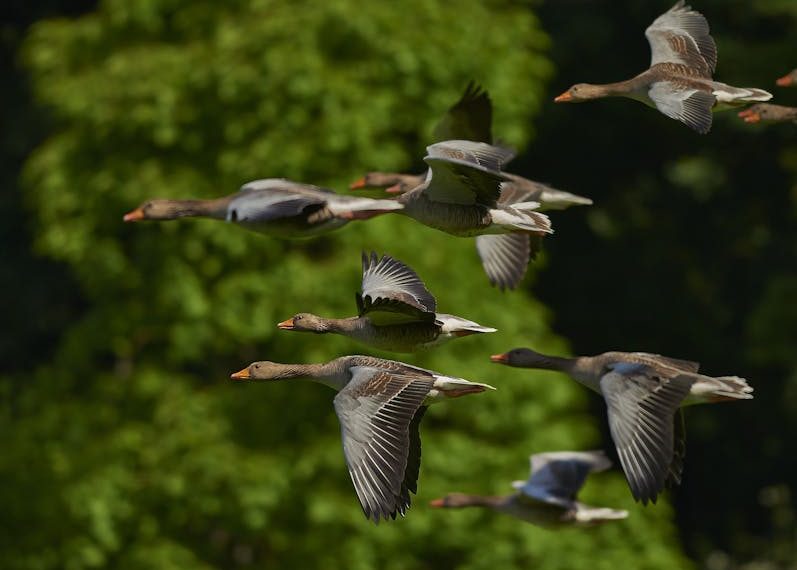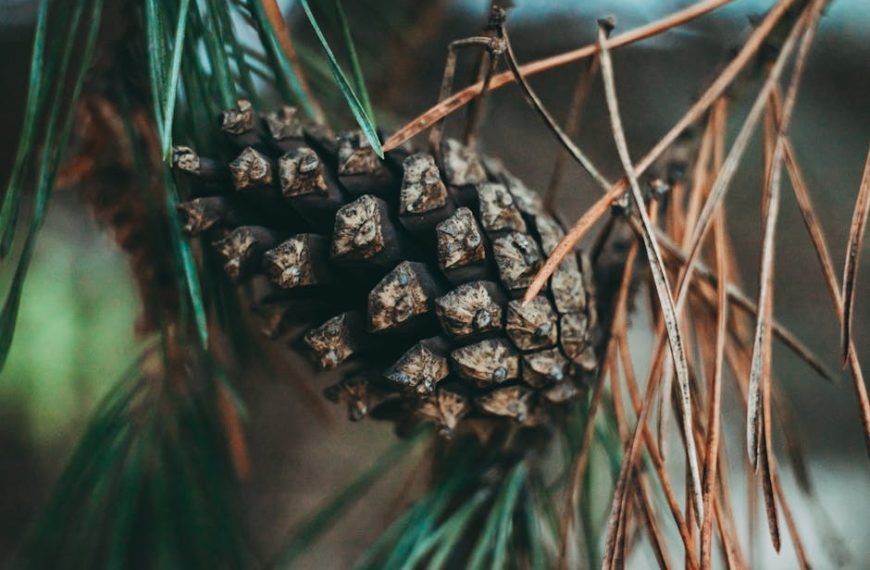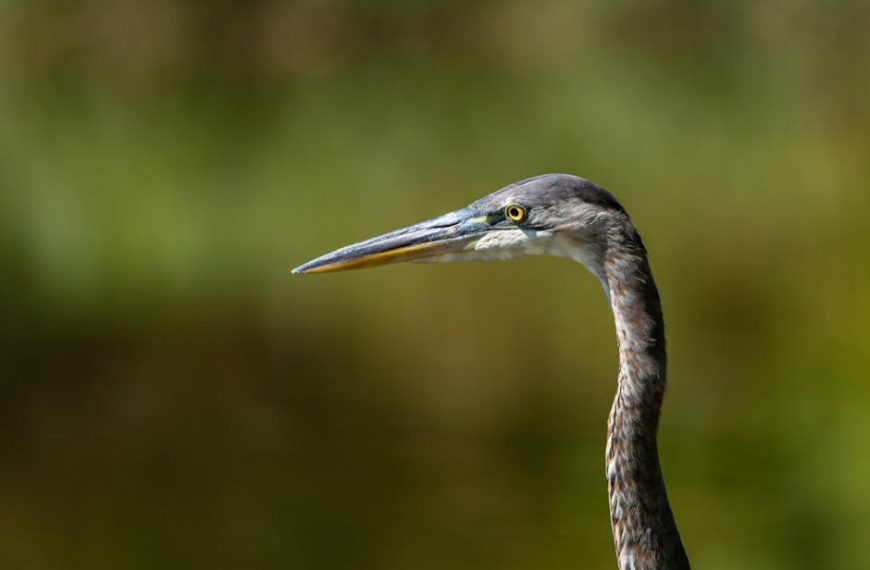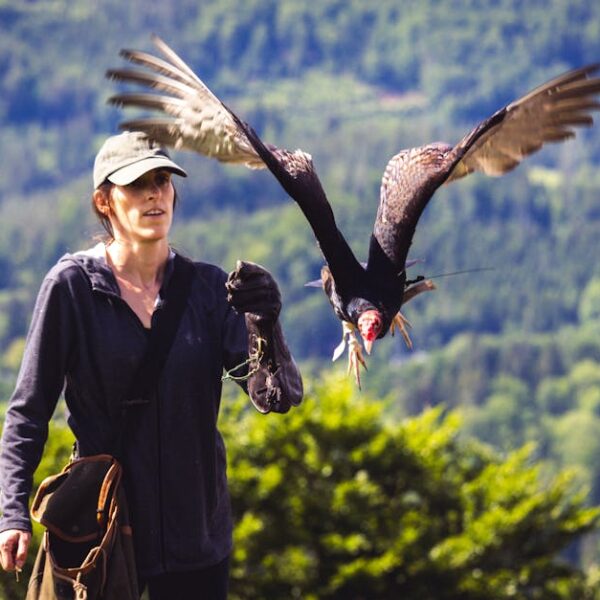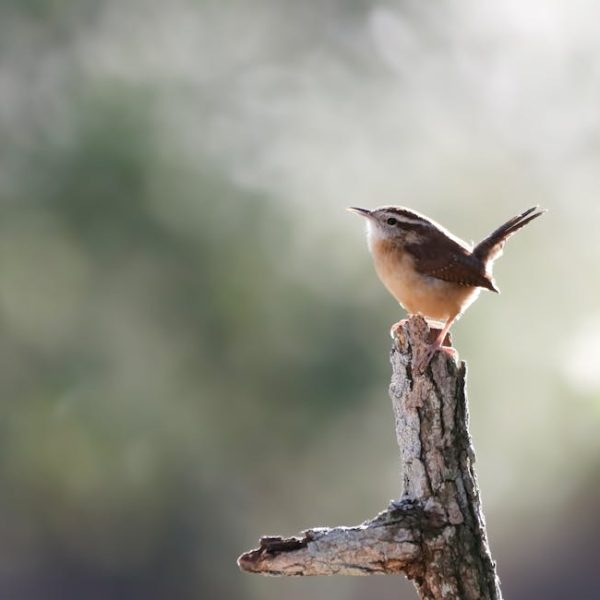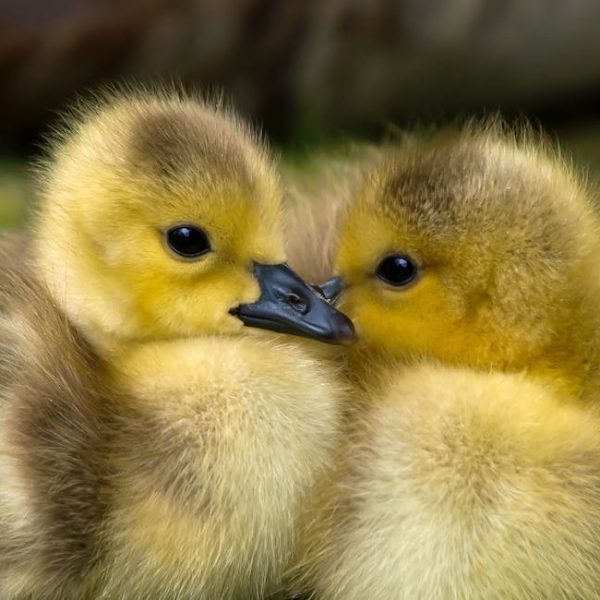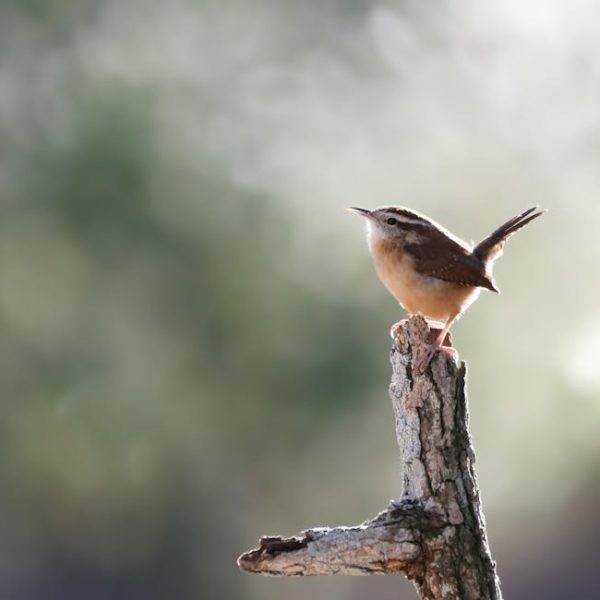Birds, while a joyous addition to our gardens with their delightful songs and colorful appearance, can sometimes pose a challenge to lawn enthusiasts and gardeners. Particularly, newly planted grass seed can seem like an open buffet invitation: easy pickings for foraging birds. As a result, your budding lawn becomes a patchy field, and your efforts of spreading grass seed go to waste.
Understanding the attraction of grass seeds to birds and discovering effective strategies to deter these feathered visitors is essential to preserve the hard work you’ve put into your lawn. It’s crucial to note, however, that our aim isn’t to harm or disturb these avian neighbors, but rather to direct them away from certain areas, whilst providing them with alternative feeding opportunities.
Why Birds Feel Attraction Towards Grass Seeds
Recognition of why birds are magnetically drawn towards grass seeds is the primary step in devising a strategy to safeguard your lawn.
Birds adopt grass seeds as a significant part of their diet. Hence, a newly seeded lawn is an irresistible feast to them, tender and easy to pick, and offers ample nutrition. The primary reasons that birds swoop down on your newly planted lawn are:
- Availability and accessibility of food
- A part of their natural diet
- Easy foraging opportunities
| Reasons | Explanation |
|---|---|
| Availability | Grass seeds scattered on the surface are easily accessible for birds. |
| Natural Diet | Many bird species naturally eat seeds, which provide them with essential nutrients. |
| Easy Foraging | Seeds that have not yet sprouted are easy targets for hungry birds. |
Pro Tip: Learning about bird behavior can guide your yard planning. By understanding what attracts them, implementing deterrents is much easier and likely to be more successful.
Physical Barriers Guaranteeing Seed Safety
Implementing physical barriers is an effective method that provides immediate results. Here are a few options to consider:
- Seed covers
- Bird netting
- Garden decoys
Seed covers work double-duty: offering protection to seeds from birds and fostering germination by maintaining moisture. Meanwhile, bird netting placed over the seeded areas obstructs birds from reaching the seeds. And it’s hard to go wrong with garden decoys: employing images of predators or replica birds to ward off the real deal.
However, each method comes with its own merits and drawbacks:
| Barrier Type | Pros | Cons |
|---|---|---|
| Seed Covers | Protect seeds and foster germination | Can be more expensive than other methods |
| Bird Netting | Prevents birds from reaching seeds | Can be harmful if birds become tangled in it |
| Garden Decoys | Scare away birds | Some smart bird species may recognize it as a decoy over time |
To ensure that your selected barriers not only serve their purpose but are also eco-friendly, follow the best practices: use non-harmful materials, check and maintain barriers regularly, and secure them appropriately for optimum results.
Natural Deterrents – Effective and Sustainable
Nothing beats nature at its game! Implementing natural deterrents is a sustainable and non-harmful way to keep birds away:
- Bird-repelling plants such as Lavender and Marigold
- Presence of bird predators like Scarecrow or Fake Owls
- Visual or auditory distractions
Birds usually steer clear from strong scents. So, planting strong-smelling flowers or installing garden decorations that make noise or reflect light could effectively deter these feathered creatures.
However, these natural deterrents should be used sparingly to ensure a bird-friendly environment is maintained. Working harmoniously with birds enhances our ecosystem and brings life to our yards.
Pro Tip: Always create a balanced landscape. Attract birds to specific locations using bird feeders, while also keeping them away from your seeds. Remember, our feathered friends deserve to experience the natural sanctuary of our gardens.
Commercial Products – How Safe and Effective Are They?
Commercially available bird repellent products are another option for those struggling with bird interference. These repellents, with unique chemical compounds, can discourage birds from seeing your grass seed as an easy meal.
The products come in various forms such as sprays, pellets, or granules, and each type bears its specific method of application. However, it’s important to assess the product’s safety implications for both birds and the environment:
| Product Type | Efficacy | Cost | Safety | Ease of Application |
|---|---|---|---|---|
| Sprays | Effective when applied correctly, but may need reapplication after rainfall or watering | Varies, but generally affordable | Most are non-toxic and safe for birds | Easy if you have a small area, can be labor-intensive for larger spaces |
| Pellets/Granules | Highly effective, the birds will learn to stay away over time | Can be more expensive than sprays | Some may contain toxic ingredients – always read the label | Simple to apply and can cover large spaces quickly |
Best Practices for bird repellents use include:
- Always follow the manufacturer’s instructions.
- Plan the timing of the application carefully, ideally just before you sow your seed.
- Be aware of local wildlife protection laws to ensure you’re not breaching any restrictions.
Creating a Bird-friendly Landscape
While we must protect our grass seed, it’s important to remember that birds are essential for the ecosystem. Thus, we should strive to create a balance in our gardens that deters birds from our seeds but invites them to other sections of our landscape.
Consider using bird-friendly landscaping features, such as bird baths and feeders, placed away from the seeded area. This ensures the birds can still feed and bathe without disturbing our growing lawns.
Here are a few tips to help design a bird-friendly yet protected garden:
- Introduce bird feeders and bird baths in designated areas.
- Plant bird-friendly plants that provide shelter and potential nesting spots.
- Add a birdbath or water feature.
- Provide alternate sources of food, such as birdseed or suet cakes, and use different feeder types to attract a variety of species.
Pro Tip: Drawing birds to specific parts of your garden is a satisfying way to enjoy their charming presence. Position feeders and bird baths in locations where birds can be easily observed, such as near a window. This allows you to appreciate their beauty and antics, whilst keeping them away from newly seeded areas.
In conclusion, keeping birds away from your newly sown lawn requires a mix of understanding bird behavior, deterrent strategies, and providing alternative attractions. Always remember to respect and work harmoniously with birds – they are valuable members of our ecosystem, and our gardens will be richer for their presence.
Key Takeaway:
- Birds are attracted to grass seeds because they are easily available, part of their natural diet, and provide effortless foraging.
- Physical barriers like seeds covers, netting, and decoys can efficiently protect the grass seed.
- Natural deterrents involving bird-prefixing plants, visual or auditory distractions, and introducing bird predators are environmental-friendly alternatives.
- Commercially available bird repellent products can be utilized but their safety impressions for birds and the environment must be considered.
- A balanced and bird-friendly landscape can invite birds away from the grass seeds while simultaneously offering them alternative feeding and nesting spots.
Maintaining a bird-friendly yet protected garden may seem challenging, but with the correct strategies, it’s feasible. Provide alternative attractions, use barriers wisely, and create a harmonious natural space. Always remember that your garden’s beauty isn’t diminished by the birds; it’s enhanced.
FAQs
Q: Besides grass seeds, what else attracts birds to a garden?
A: Birds are also drawn to gardens that provide shelter, water, and other food sources such as insects or berries. Features like bird baths, bird feeders, and trees can attract birds to your garden.
Q: Will implementing these strategies completely eliminate birds from my garden?
A: Not necessarily. The goal is not to entirely remove birds from your garden, but to divert them away from newly planted grass seed. Other attractions like bird feeders or bird baths will still draw birds to your garden.
Q: Are all commercial bird repellent products safe for the environment?
A: Not all commercial bird repellent products are environmentally friendly. It’s important to read the labels and choose products that pose minimum risk to birds and the environment.
Q: How can I attract various bird species to my garden?
A: You can attract different bird species by providing a variety of food sources, shelters, and nesting materials. Using different types of feeders and birdseed can help attract a diverse range of bird species.
Q: Will bird netting affect the growth of my grass?
A: If installed properly, bird netting should not affect the growth of your grass. It’s important to secure the net a few inches above the ground to allow space for the grass to grow.
I hope you found this post helpful! Feel free to share it to know someone who might benefit too. Don’t forget to explore more handy gardening posts in our blog!

